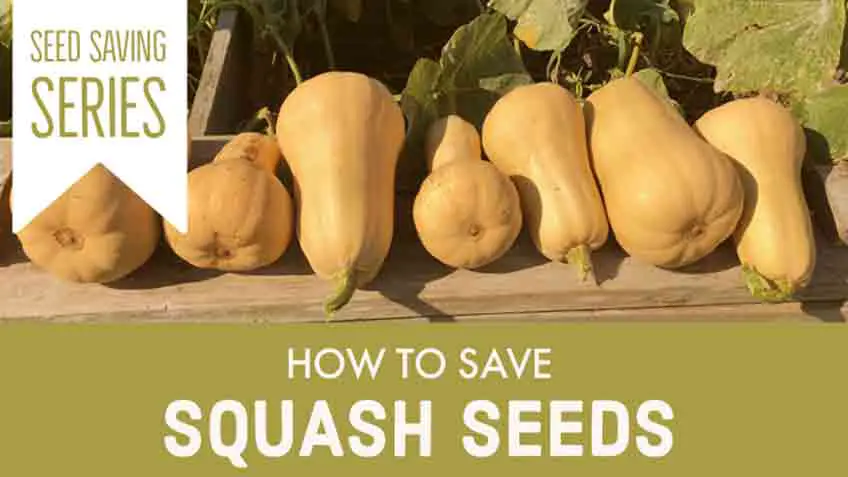When it comes to squash you will find them in two major types, the spaghetti squash seed, and summer squash. Spaghetti squash is also known as winter squash. Although they are more or less the same in structure and taste, saving them for the next harvest seems slightly different. Winter squash comes with hard skin, whereas summer squash has thin skin. The flesh or gel-type substance on winter squash requires longer cooking time, and they are fully developed within the season, but summer squash needs extra time for development.
Here in this guide, we will be dealing with spaghetti squash seeds and how to save them for next season planting. Let’s dive into it!
How to Save Spaghetti Squash Seeds
Saving spaghetti squash seeds is easy even if you are a beginner and haven’t done it before. Due to its size, you don’t need to waste extra calories while cleaning and removing them from the fruit. But before jumping into the process, you need to follow these instructions.
Choose a Mature Squash
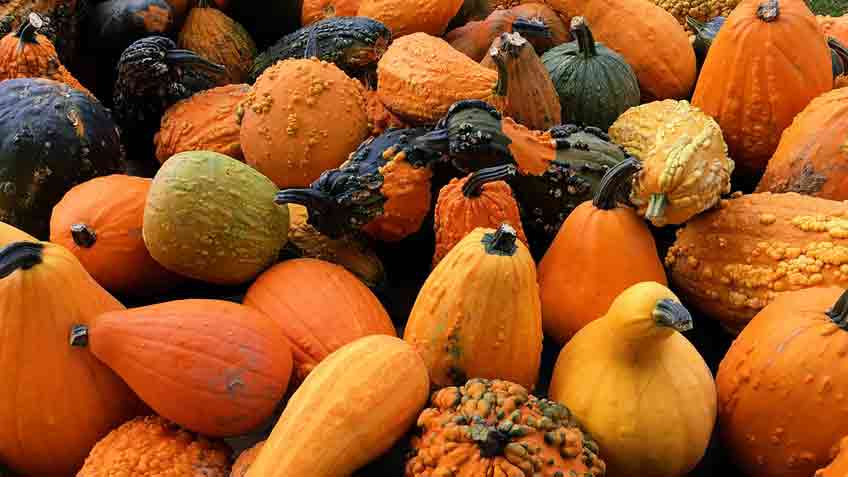
It would be best to make sure that the fruit you have picked should be mature enough for saving purposes. This is because a mature seed will let the plant grow at its full capacity. If you are not satisfied with the available fruits, you can let them in the garden for a couple of weeks until they are fully grown.
If you are a beginner and don’t know which fruit is right for saving, you can follow a few tips to identify. The first step is to knock on it, and if you get a good solid sound, you are pretty much good to go. Secondly, you can scratch its surface if it seems hard or kind of woody, and then it’s good for saving. Thirdly if it comes off with a gentle touch, then it means you have got that particular squash for saving.
Make Sure to Get an Open Pollinate
Open-pollinated or heirloom is a type that ensures you the same characteristics such as colour, size, and taste. Whereas cross-pollinated or hybrid seeds pick the best characteristics of plants involved in the process. To ensure a high-quality harvest, you should always choose the open-pollinated. It is not just recommended, but it allows you to have the dream harvest just like the parent seed. Winter squash is generally cross-pollinated. They contain the properties of both male and female flowers. If you want to grow an open-pollination, you should try saving the flower using a plastic cover to prevent them from cross-pollination.
Choose the Accessories
When it comes to the cutting process, you need a few accessories ready for the process. A sharp knife that makes it easier to cut the squash. The other thing you want to have is envelopes made with brown paper to store the seeds. But you can use anything to save the seeds that keeps them dry and saves them from the sunlight.
Step by Step Process to Save Squash Seeds
Get into our step-by-step guide that will help you store winter squash seeds without any expert help.
Ø Step #1: Cut Squash Carefully
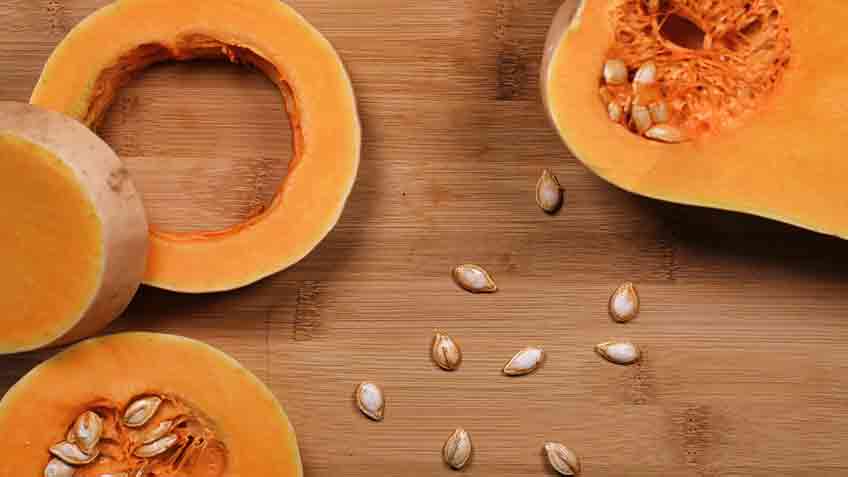
Winter squash comes with hard skin, so be careful while cutting! Always begin with poles and cut them off from both ends. Once you are done with the ends, now move to the middle part. Cut the middle part from both sides and make sure to not damage the seeds with a knife.
Ø Step #2 Remove Seeds from Open Cavity
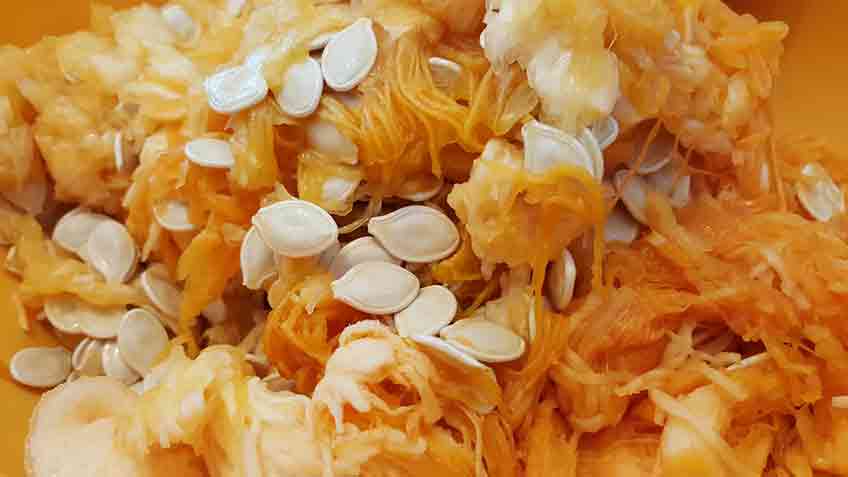
After dividing them into parts, you can see the open cavity area where seeds are joined inside. You can use a spoon to remove seeds from their fruit part. Scrape all of them on any tray or cutting board.
Ø Step #3 Separate Seeds from the Pulp

The third step that is also very important to uphold is separating seeds from their pulp. If the seeds have so much pulp, you can put them inside the water bowl for a quick separation process, and if the pulp is pretty much dry, you can also separate them using your hands. Squash seeds are quite easy to work with due to their bigger size.
Ø Step #4 Spread Seeds on Paper
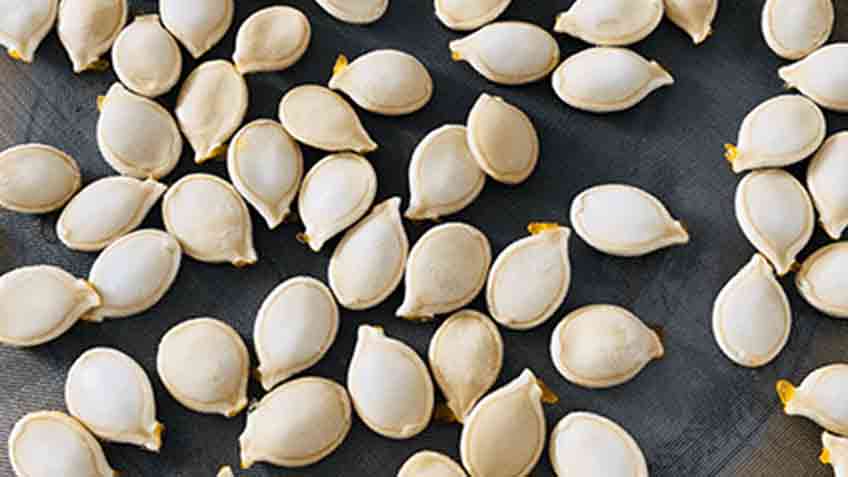
Once you have done removing all the pulp attached to the seeds, the next step is spreading seeds on paper. Hence, you can also use a paper towel and tray, but paper can be economic if you don’t have any suitable option. Using paper will soak the remaining moisture in the seeds. Scatter seeds all over the paper and let them dry out for 7 to 10 days. Keep them where there is no direct sunlight.
Ø Step #5 Store Them in Envelopes
Keep observing seeds once they are soaked. Now you can store those using envelopes. You can store them in small envelopes. When it comes to storing, always choose a dry but cool place. When it comes to winter squash, you can store it for up to six years.
Frequently Asked Questions
How to preserve squash seed for planting?
After squeezing seeds from squash soak them on paper. Once they are dry enough to store in a jar or envelope store them precisely. Label your container or jar with a variety and date. You can keep the container in a freezer for up to two days as it will kill all the residual pets. Now you can store them in any cool and dry space.
How do we get seeds out of spaghetti squash?
However, it demands precise work in order to get seeds perfectly. We have broken down the process into the following steps.
- Cut squash carefully into two pieces.
- Remove seeds from the open cavity with the help of a spoon.
- Separate seeds from the pulp.
- Spread seeds on paper and store them once they are dry enough.
How to save squash seed for replanting?
First of all, you need to eliminate tissue and strings from seeds. Fix the seeds by spreading them out in solitary on a paper towel to dry. Store them this way in a spot that is dry and out of direct daylight. When completely dried, in 3 to 7 days, store them in an envelope in a cool dry spot with the remainder of your seed supply.
Can I plant store squash?
Yes, there are two types of seeds and one can be easily bought from any store near your house. But preparing seeds at home will allow you to uphold the healthy fruits of your choice.
Wrap Up
Spaghetti squash is plentiful in Vitamin A, iron, niacin, potassium and is an incredible wellspring of fiber. It tends to be heated or bubbled, making it an extraordinary side dish or even primary entrée for dinner. What makes it perfect is that you can develop it yourself to acquire a chemical-free food supply, liberated from destructive synthetic substances and more flavorful. We hope that our quick and easy spaghetti squash seed storing guide will help you grow winter squash independently.

